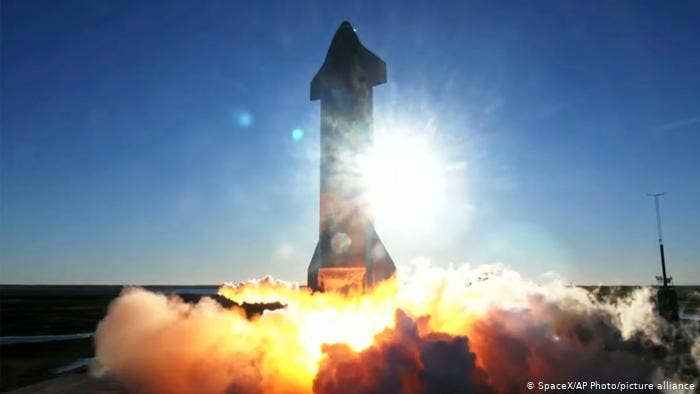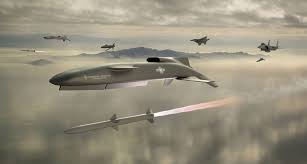SpaceX’s Joyous Blowing Up of Rockets
For a relatively young company, SpaceX has made astonishing leaps in aerospace. Humility with humor is among them.

Fighter pilots have a phrase—beyond visual range—to describe launching weapons against opponents they can’t see. I think of this every time I see one of Elon Musk’s edge-of-technology rocket tests, even the ones that blow up, as this one did last week at SpaceX’s test site in Texas. Musk’s vision isn’t just beyond my visual range, it’s 30 million miles into the solar system, where Mars resides.
His stated reason for the Starship booster that exploded on landing Friday is to colonize Mars. Eventually. The lead elements of that bold step were supposed to sail as early as 2024. Fat chance, I’d say. But even Musk admits his timelines are sometimes fantasies and despite impressive achievements otherwise, SpaceX has, along with everyone else in the space biz, often busted the schedule. And to me, the overarching goal of terraforming and colonizing Mars as a kind of earth escape pod is daft. But then I’m hobbled by reality-based myopia.
But just sweep the Mars colony plan out of the way for a moment as so much noise and what do you have? You have a private company—OK, public with investors—developing a multibillion-dollar launch system that may or may not find a profitable market. Ignore that too and focus on where the Starship system is supposed to go developmentally. It’s nothing less than a reiteration of the Saturn V system that put men on the moon in 1969 and that required in totality, at times, up to 4 percent of the entire U.S. government’s budget.
The Saturn V system could launch 310,000 pounds into low earth orbit and it could put 90,000 pounds into lunar orbit. Eventually, SpaceX’s Starship—which will be two stages to orbit—will loft 330,000 pounds to LEO, according to the claims. NASA’s under-development Space Launch System will eventually reach 290,000 pounds. The Russian-developed Yenisei will have the same payload and the Chinese Long March 9 will match the Saturn V. The former is planned for 2030; the Chinese have no announced schedule.
SpaceX is way ahead of them and ahead of NASA’s SLS, which won’t fly until next year, if then. Moreover, the Starship is the only one that’s reusable, a design point that has become a SpaceX trademark and is now essentially routine. Wednesday’s test was a high-altitude trial of the Starship second stage, the bones of the actual vehicle that would land on Mars or carry heavy payloads to earth orbit. It has aerodynamic control surfaces which SpaceX calls flaps and it will have some kind of thermal system for atmospheric entry. Here’s a nice video wrapping up the developmental timeline.
Despite ending in a fire-filled crater, Wednesday’s test was quite an impressive success. The SpaceX-developed Raptor engines fired and re-ignited as they were supposed to, the Starship did its impressive flip maneuver for landing and would have stuck it except for low pressure in a header tank that caused reduced thrust and an out-of-bounds descent rate resulting in what Musk called “RUD”—rapid unscheduled disassembly.
Nonetheless, Musk tweeted this: “Successful ascent, switchover to header tanks and precise flap control to landing point … fuel header tank pressure was low during landing burn, causing touchdown velocity to be high & RUD, but we got all the data we needed!” For context, Musk had said earlier that a smoking hole was a likely outcome of this or other Starship tests. And for additional context, people in aerospace rarely say such things because they have teams of lawyers who sanitize public statements so as not to offend investors with a jolting dose of reality that might momentarily dent the stock price and tarnish the confection that everything is on plan. And never, ever allow a flash of gallows humor.
Never mind recovering boosters with perfect landings or rethinking the Saturn V, SpaceX’s towering achievement is enough unfettered and unfiltered visibility into how the sausage is made to inform the public to expect such things. It’s just how bleeding edge aeronautics has always worked as Otto Lilienthal revealed in his dying words: Sacrifices must be made. SpaceX is showing us that in real-time HD and it's nearly as inspiring as Apollo was.
And anyway, I see in Musk and the SpaceX culture something immediately recognizable to me from that moment I got my first chemistry set: It has always been and will always be fun to blow s%$t up. If in the name of progress, so much the better.






